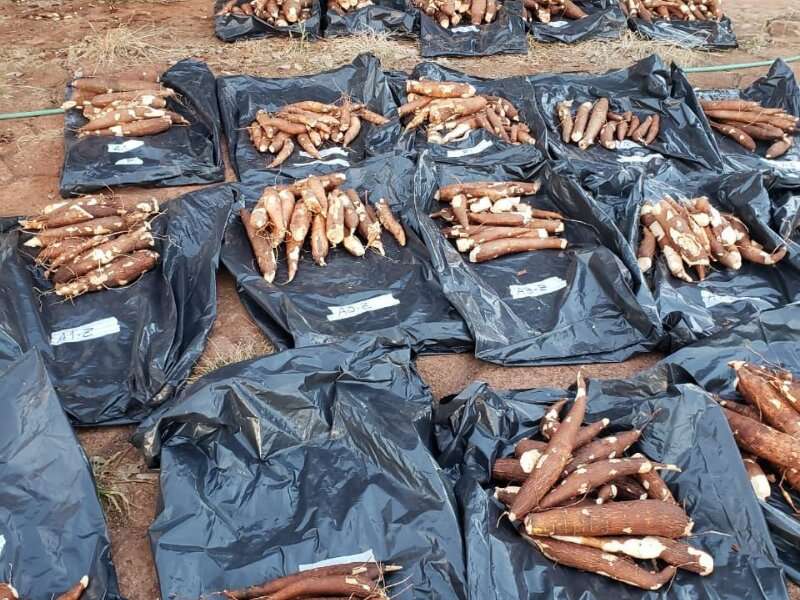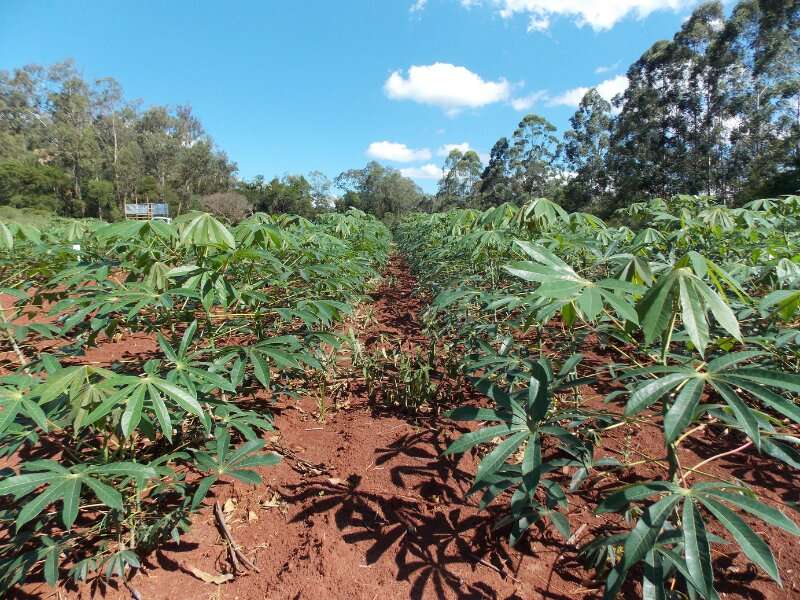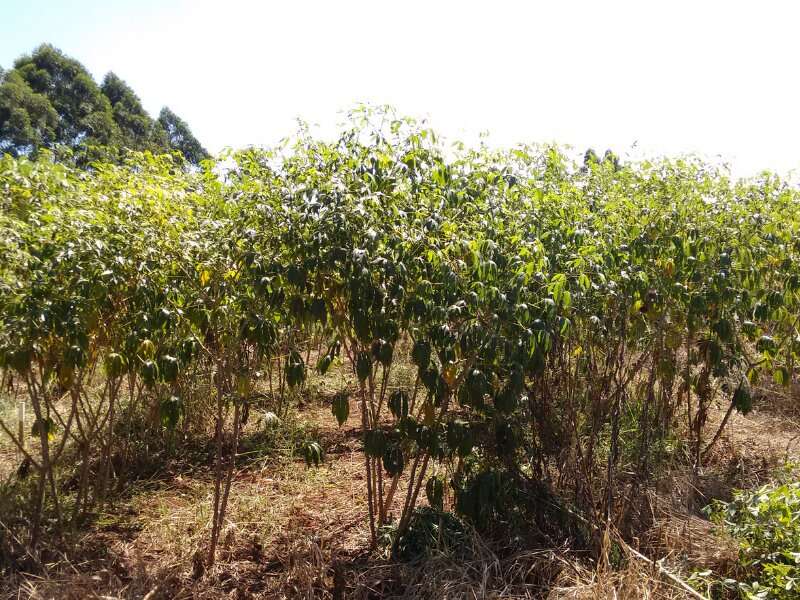Liming and phosphorus increase cassava yields

Cassava is a vital source of calories for close to a billion people across the world. The plant is a woody, perennial shrub with edible roots. Cassava roots are rich in carbohydrates, potassium, calcium, vitamins B and C, and essential minerals. Cassava plants can grow in relatively poor soils and in challenging environments.
That makes cassava an especially important food crop in developing countries in the tropical and subtropical areas of Africa, Asia, and the Americas.
In a new study, researchers in Brazil showed that adding calcium and phosphorus to soils can increase cassava yields. Importantly, these higher yields came without corresponding increases in cooking time. The research was published in Agronomy Journal, a publication of the American Society of Agronomy.
"There are many challenges when growing cassava in the tropics," says Adalton Fernandes, a co-author of the new study. "One of the main challenges is dealing with naturally acidic soils with low phosphorus availability."
Phosphorus is a vital nutrient that plants need to grow and thrive. Adding calcium carbonate to soils—also called liming—can make nutrients like phosphorus more available to plants. It can also make soils less acidic, which helps cassava crops grow and produce more edible roots.
But there were some unanswered questions about liming and its effects on cassava crops.

"It was generally believed that adding calcium to the soil could increase cassava root cooking times," says Fernandes, a researcher at the Center of Tropical Roots and Starches, São Paulo State University, Botucatu, Brazil.
As it turns out, that's not the case. "We showed that liming caused minimal changes to cassava cooking times," says Fernandes.
Liming did increase cassava yields significantly in the study, especially in combination with phosphorus fertilizers.
In the absence of liming and phosphorus fertilizers, cassava roots weighed about 270 grams—or about 9.5 ounces—on average. In comparison, at peak levels of liming and phosphorus fertilization, the roots weighed more than 350 grams—or more than 12 ounces. That's a root weight increase of over 26 percent with liming and phosphorus addition.
"This study showed that both liming and phosphorus fertilization is important to increase cassava root yield," says Fernandes.
The study was carried out over two years. The study site was at an experimental farm in Botucatu, Brazil, about 140 miles from São Paulo.

Experimental plots were subjected to liming at different rates before cassava planting. Half the plots received no phosphorus fertilizers. The researchers added about 70 kilograms—or 155 lbs.—of phosphorus fertilizer to the other plots.
Then they compared several characteristics of the cassava plants growth with or without liming and phosphorus. These included number of roots per plant, root length, root weight, and cooking time.
Adding phosphorus increased the number of roots per plant by about 8 percent. Root lengths did not change appreciably with either liming or phosphorus fertilization. Cassava root yields increased by 22 percent with phosphorus application and 28 percent with liming.
In contrast, cooking time increased by only about 6 percent—less than two minutes—with liming.
According to the authors, this slight increase in cooking time is more than balanced by the large increase in yields. "This small increase in cooking time is no reason for cassava farmers to not apply lime," says Fernandes.
There was also an untested hypothesis that phosphorus fertilizers could lower the cooking time cassava roots. "But we observed that phosphorus-fertilized cassava roots did not cook faster," says Fernandes. "So, phosphorus fertilization is not a recommended or viable way to reduce cooking times for cassava roots."
Fernandes and colleagues are now looking to experiment with different kinds of cassava. "Will the amounts of lime and phosphorus fertilizer needed be the same for other varieties of cassava?" asks Fernandes. That's an important question because different types of cassava may respond differently to liming and fertilization.
More information: Ben‐Hur S. Rosa et al, Liming and phosphorus fertilization increase cassava root yield without affecting its cooking time, Agronomy Journal (2021). DOI: 10.1002/agj2.20842
Journal information: Agronomy Journal
Provided by American Society of Agronomy



















